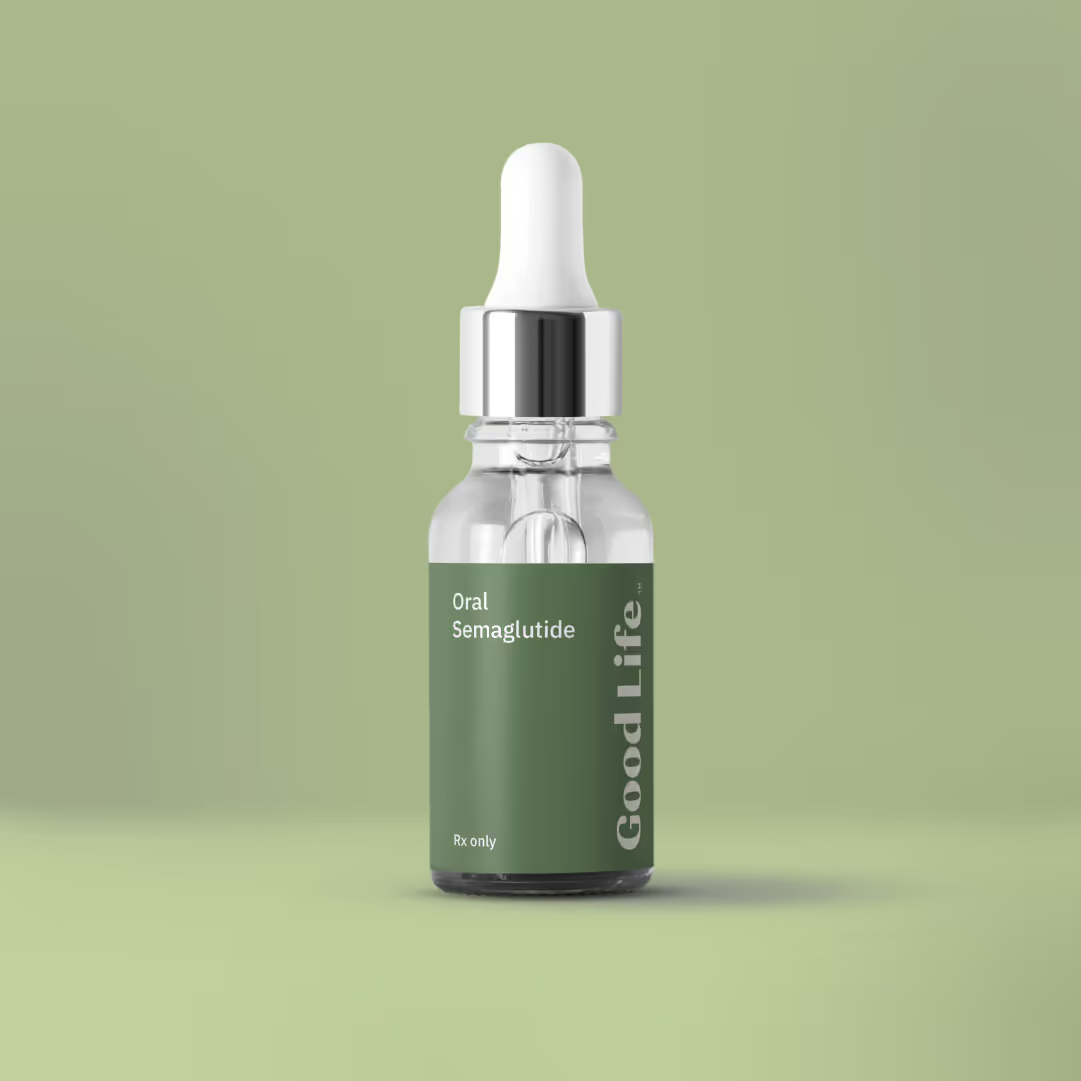Many individuals with type 2 diabetes struggle to adhere to injectable GLP-1 receptor agonists—concerns about needle discomfort, injection-site reactions, and complex reconstitution protocols often deter patients from initiating or continuing therapy. Even for those comfortable with injections, the need for refrigeration, precise timing, and frequent dose adjustments creates practical hurdles in daily life. As a result, suboptimal glycemic control persists, increasing the risk of microvascular and macrovascular complications. How can we preserve the potent benefits of GLP-1 agonism while removing the friction of injections, so patients readily integrate therapy into their routines and achieve better outcomes?
In this article, we’ll explore Oral Semaglutide (Rybelsus®) in exhaustive detail: its innovative tablet formulation, pharmacokinetic profile, head-to-head clinical trial data, practical dosing guidance, side-effect management, patient selection criteria, and real-world adherence insights. You’ll learn why this first-in-class oral GLP-1 RA represents a paradigm shift in type 2 diabetes care—bridging efficacy with convenience to support lasting metabolic improvement.

Overcoming Oral Delivery Challenges with SNAC Technology
Semaglutide’s peptide structure traditionally precluded oral administration due to rapid degradation by gastric proteases and negligible mucosal permeability. To circumvent these barriers, the tablet co-formulates semaglutide with sodium N-(8-[2-hydroxybenzoyl] amino) caprylate (SNAC), a proprietary absorption enhancer. SNAC transiently raises local pH in the stomach microenvironment, protecting the peptide bond from acid-mediated hydrolysis, and promotes transcellular absorption across the gastric mucosa. Pharmacokinetic studies demonstrate that a 14 mg once-daily tablet yields a mean area under the concentration-time curve (AUC₀–₂₄h) comparable to a 0.5 mg subcutaneous semaglutide dose, enabling sustained receptor activation over 24 hours.
Efficacy Demonstrated in Pivotal PIONEER Trials
Oral Semaglutide’s efficacy was rigorously evaluated in the PIONEER clinical program, encompassing eight randomized, controlled trials in over 9,000 patients with type 2 diabetes across diverse backgrounds and background therapies:
- PIONEER 1 (monotherapy vs. placebo): After 26 weeks, 14 mg Oral Semaglutide reduced HbA1c by 1.5% from baseline (8.0%), compared to 0.3% with placebo (p<0.0001). Mean weight loss was 3.7 kg vs. 0.3 kg (p<0.0001).
- PIONEER 2 (vs. empagliflozin): Noninferiority for HbA1c reduction at 26 weeks (1.4% vs. 1.1%), with superior weight loss (3.9 kg vs. 1.5 kg, p<0.0001).
- PIONEER 3 (vs. sitagliptin): Greater HbA1c reduction (1.3% vs. 0.8%, p<0.0001), and weight change —3.2 kg vs. +0.3 kg.
- PIONEER 4 (vs. liraglutide injection): Noninferior glycemic control (1.2% vs. 1.1%), with similar weight loss (3.5 kg vs. 3.0 kg).
- PIONEER 5 (renal impairment cohort): Well tolerated in eGFR 30–59 mL/min/1.73 m², with HbA1c reduced by 1.0%.
- PIONEER 6 (cardiovascular safety): Demonstrated noninferiority for major adverse cardiovascular events (MACE) vs. placebo (HR 0.79; 95% CI 0.57–1.11) over 15 months.
- PIONEER 7 (flexible dosing): Showed patient preference for individualized dosing versus fixed titration, with improved adherence.
- PIONEER 10 (comparison with dulaglutide in Japanese patients): HbA1c reduction of 1.1% vs. 0.7% (p<0.05).
These data establish Oral Semaglutide as a potent, versatile option across monotherapy, dual, and triple therapy settings—with efficacy on par with injectable GLP-1 RAs and robust weight loss benefits.

Dosing Strategy and Titration Schedule
To optimize tolerability and minimize gastrointestinal side effects (nausea, vomiting, diarrhea), dosing follows a stepwise escalation:
- Weeks 1–4: 3 mg once daily
- Weeks 5–8: 7 mg once daily
- Week 9 and beyond: 14 mg once daily
Patients should swallow the tablet whole with no more than 120 mL of plain water, at least 30 minutes before the first food, beverage, or other oral medications. Delaying food until after this fasting window maximizes SNAC-mediated absorption and reduces variability. If a dose is missed by more than 12 hours, skip it and resume with the next scheduled dose—do not double-up.
Managing Gastrointestinal Adverse Effects
Up to 40% of patients experience mild-to-moderate nausea during titration. To mitigate symptoms:
- Emphasize the importance of dose escalation schedule adherence; do not increase dose until the prior dose is tolerated.
- Recommend small, low-fat meals and avoidance of large meals within two hours of dosing.
- Encourage consistent hydration and the use of antiemetic therapies (e.g., ondansetron) in refractory cases.
- Consider dose prolongation (e.g., 3 mg for eight weeks) in highly sensitive individuals.
Persistent or severe gastrointestinal events warrant evaluation for alternative therapies.
Patient Selection and Counseling Points
Ideal candidates include adults with type 2 diabetes inadequately controlled on metformin, SGLT2 inhibitors, or DPP-4 inhibitors, particularly those who:
- Decline or struggle with injectable therapies.
- Require robust HbA1c lowering (>1.0%) and weight reduction.
- Have established cardiovascular disease or high cardiovascular risk (PIONEER 6 data).
- Exhibit chronic kidney disease, given safety in eGFR ≥ 30 mL/min.
Key counseling topics:
- The necessity of dosing on an empty stomach and the 30-minute fasting interval.
- Recognition and management of GI side effects.
- Importance of adherence to titration to reach therapeutic dose.
- Potential weight loss benefits and lifestyle integration.
- Explanation of cardiovascular safety profile to reassure cardiac-risk patients.
Real-World Adherence and Outcomes
Post-marketing data from registry cohorts reveal:
- High initiation rates among injection-naïve patients, with >70% starting therapy within three months of approval.
- Adherence (medication possession ratio ≥80%) exceeding 60% at six months—substantially higher than injectable GLP-1 RAs in comparable populations (45–50%).
- Clinically meaningful weight loss sustained at 12 months (~4.5% body weight) alongside a mean HbA1c drop of 1.2%.
These real-world insights underscore Oral Semaglutide’s acceptability and persistence, translating trial efficacy into everyday practice.

Safety Considerations and Monitoring
- Monitor for signs of pancreatitis (severe abdominal pain), gallbladder disease, and cholelithiasis—GLP-1 RAs carry a small elevated risk.
- Advise on potential thyroid C-cell effects; contraindicated in patients with personal or family history of medullary thyroid carcinoma or MEN 2.
- Watch for hypoglycemia if used concomitantly with sulfonylureas or insulin—dose adjustment of those agents may be necessary.
- Periodic assessment of renal function and electrolytes—dehydration from GI events can precipitate acute kidney injury.
Routine follow-up every 3–6 months is recommended to assess efficacy, tolerability, and reinforce education.
Integrating Oral Semaglutide into Comprehensive Care
Oral Semaglutide should complement, not replace, holistic diabetes management:
- Encourage continued metformin and SGLT2i use for additive cardiovascular and renal protection.
- Emphasize lifestyle modification: Mediterranean diet patterns, 150 minutes/week of moderate-intensity activity, and behavioral support.
- Coordinate with dietitians, diabetes educators, and pharmacists to optimize titration, manage side effects, and support adherence.
- Leverage digital health tools—apps for dose reminders and glucose tracking—to reinforce daily routines and facilitate remote monitoring.
Conclusion
By harnessing SNAC-enhanced absorption, a flexible titration regimen, and robust clinical evidence—including cardiovascular safety—Oral Semaglutide delivers an unprecedented combination of efficacy and convenience in type 2 diabetes care. Its once-daily, injection-free dosing removes a major barrier to GLP-1 RA therapy, driving higher initiation and adherence rates in real-world settings. For patients and providers seeking potent glycemic control, meaningful weight loss, and a favorable safety profile—all without needles—Oral Semaglutide represents a transformative treatment option.
FAQ
- How should Oral Semaglutide be taken?
Swallow the tablet whole with up to 120 mL plain water, ≥30 minutes before the first food, beverage, or other medication of the day. - Why is dose escalation required?
Gradual titration from 3 → 7 → 14 mg minimizes gastrointestinal side effects and improves overall tolerability. - Can patients on insulin switch directly?
Yes, but concurrent insulin or sulfonylurea doses may need reduction to mitigate hypoglycemia risk. - Is refrigeration required?
No—tablets are stable at room temperature (≤30 °C) in original packaging. - What cardiovascular benefits exist?
PIONEER 6 demonstrated non-inferiority for MACE vs. placebo and a trend toward reduced CV events. - What if a dose is missed?
If ≤12 hours late, take immediately; if >12 hours, skip and resume next day—do not double dose. - How quickly does A1c improve?
Significant HbA1c reductions appear by week 12, with maximal effect at week 26. - Is weight loss guaranteed?
Most patients lose weight (mean ~3–5 kg), but individual results vary with diet and activity. - Can it be used in renal impairment?
Yes—studied safely down to eGFR 30 mL/min/1.73 m²; no dose adjustment required. - What counseling improves adherence?
Emphasize simple once-daily dosing, fasting requirements, titration schedule, and side-effect management strategies.











